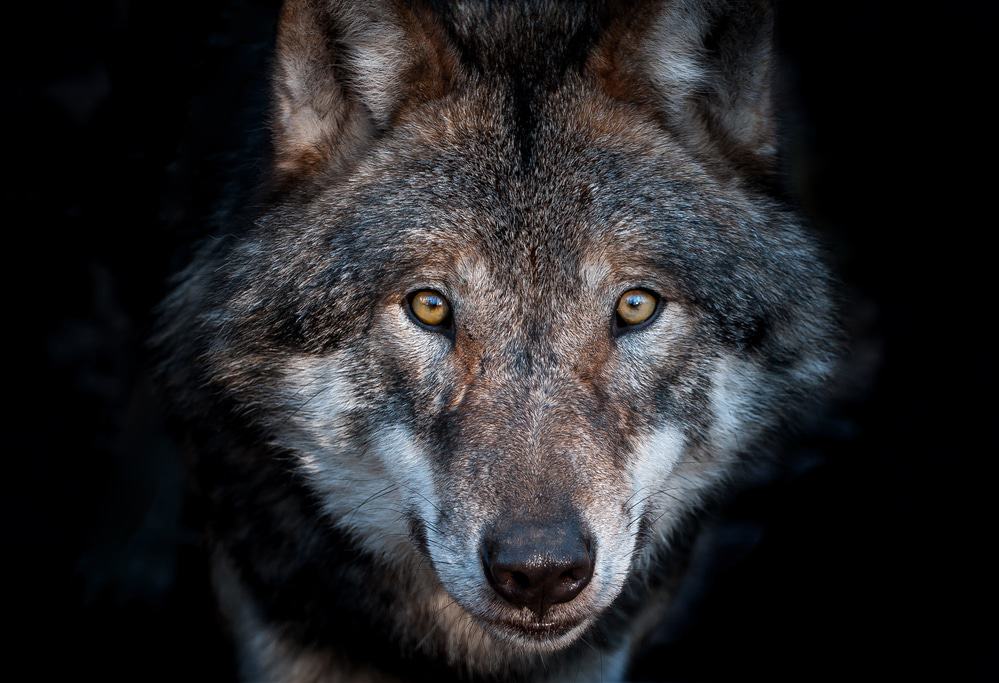This post will compare and contrast two skilled predators that inhabit North America: the Wolf Vs. Grizzly.
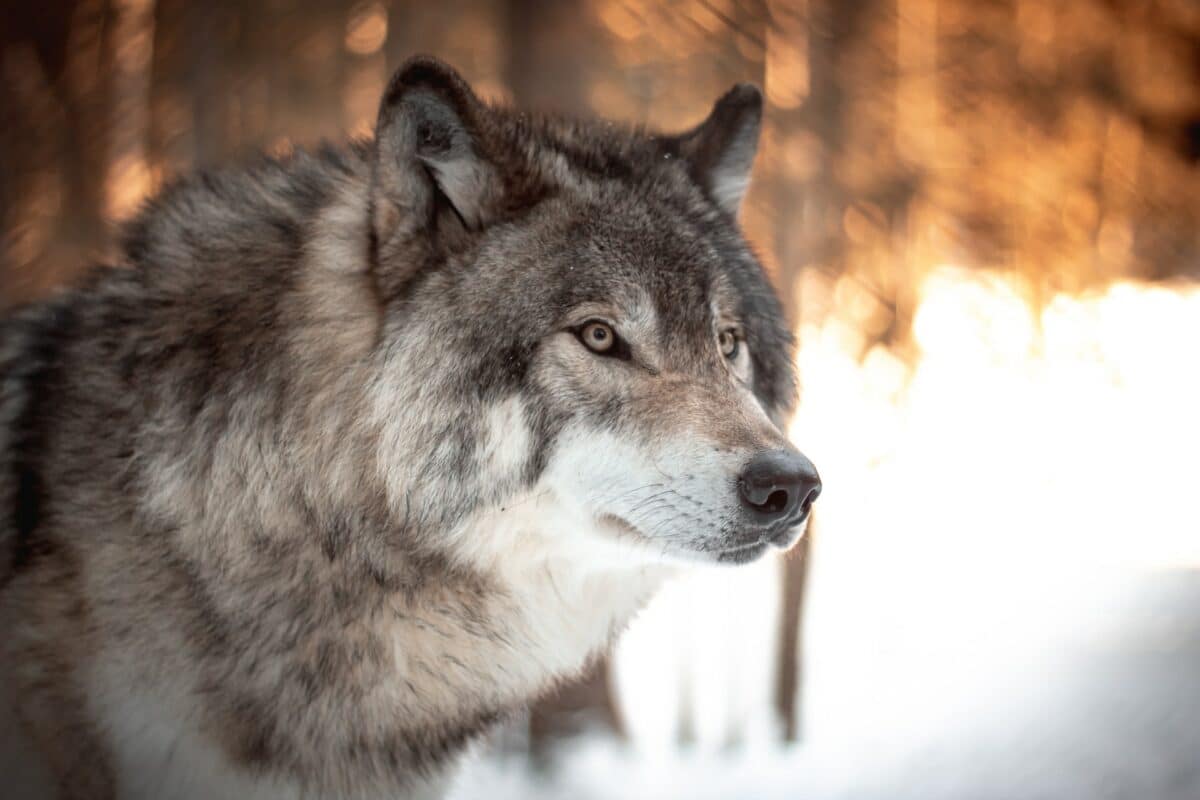
Wolves and grizzly bears are two of North America’s most iconic large predators. Both species play critical ecological roles in their respective ecosystems and have captured the attention and imagination of humans for centuries.
But despite their status as top predators, wolves and grizzly bears face significant challenges, from habitat loss and encroachment to conflicts with humans.
This article provides a detailed comparison of these two giant and strong predators, featuring differences in their physical appearances, diet, habitat, sexual maturity, behavior, and much more.
Jump ahead to any section of your choice below:
Physical Appearance & Size
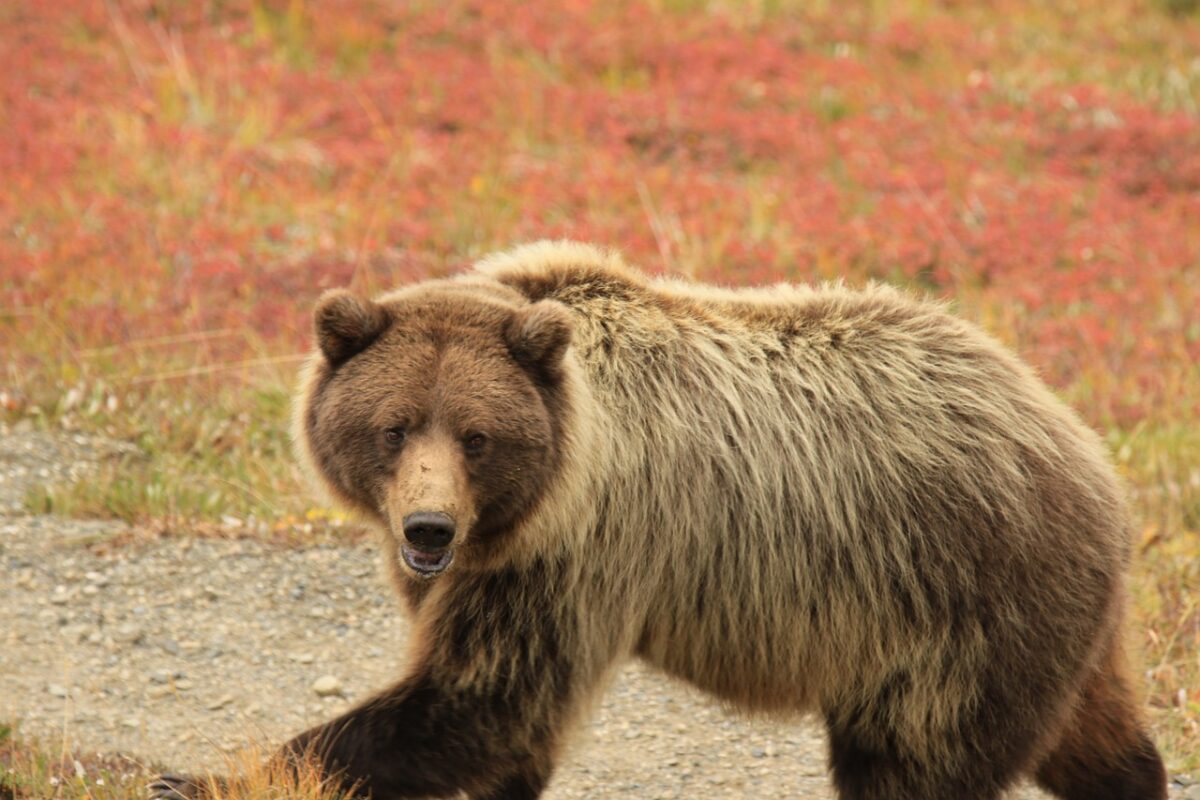
Overall, a wolf is a large canine species with long legs and powerful jaws. Wolves have long legs, bushy tails, and thick fur ranging from gray to black or white. Adult males can weigh over 180 pounds (80 kg) and measure up to 5 feet (1.5m) in length, with females about 10% smaller than males.
The grizzly bear is larger than the wolf and has a thick coat of brown fur. Its head is rounder than the wolf’s and has a distinct hump. Grizzlies have a prominent hump between their shoulders, a concave facial profile, a sharply upturned nose, and short rounded ears. An adult grizzly weighs 400-800 pounds (180-360 kg) and measures 3-6,5 feet (1-2 m) in length.
Diet
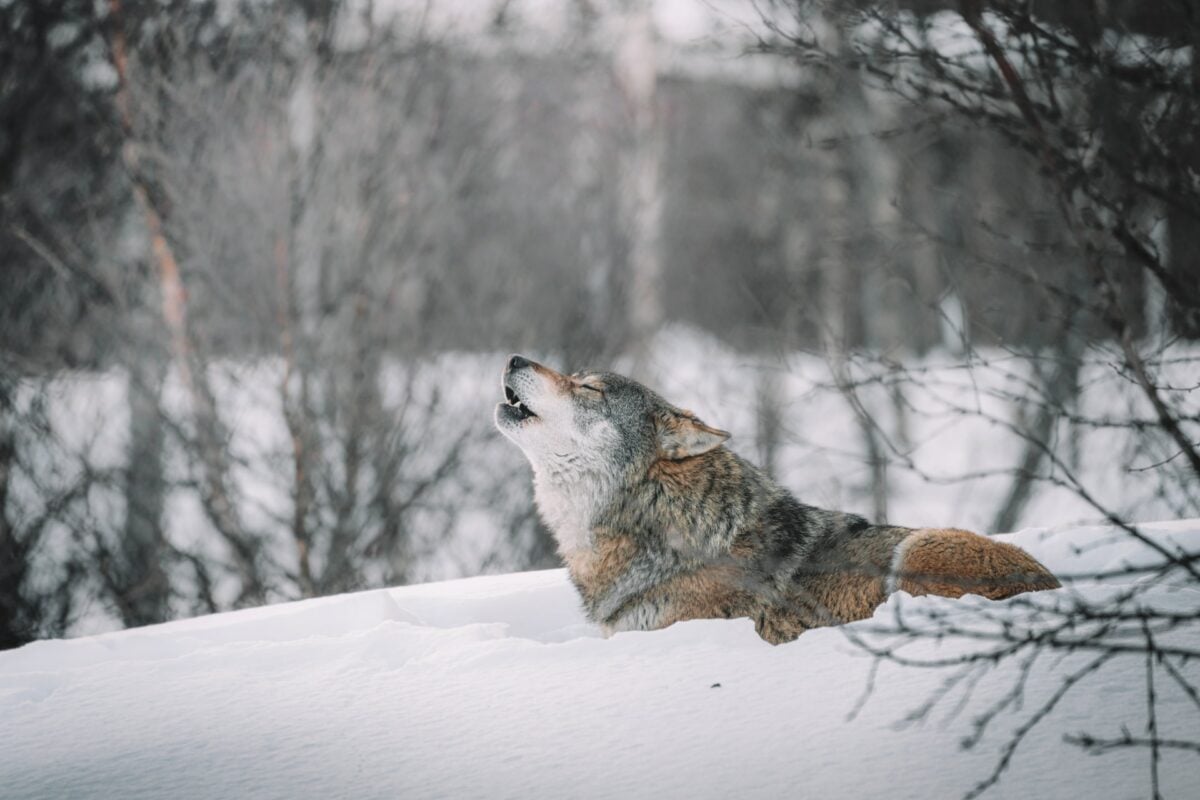
Wolves have a more specialized diet than grizzlies. They primarily hunt for small to large mammals such as deer, elk, moose, bison, muskoxen, and caribou. They also scavenge from carcasses of larger animals and will sometimes eat fish and reptiles.
Grizzly bears are omnivorous and will consume a variety of plant materials such as grasses, fruits, roots, bulbs, and nuts. They also feed on smaller animals like rodents, insects, and fish.
Habitat
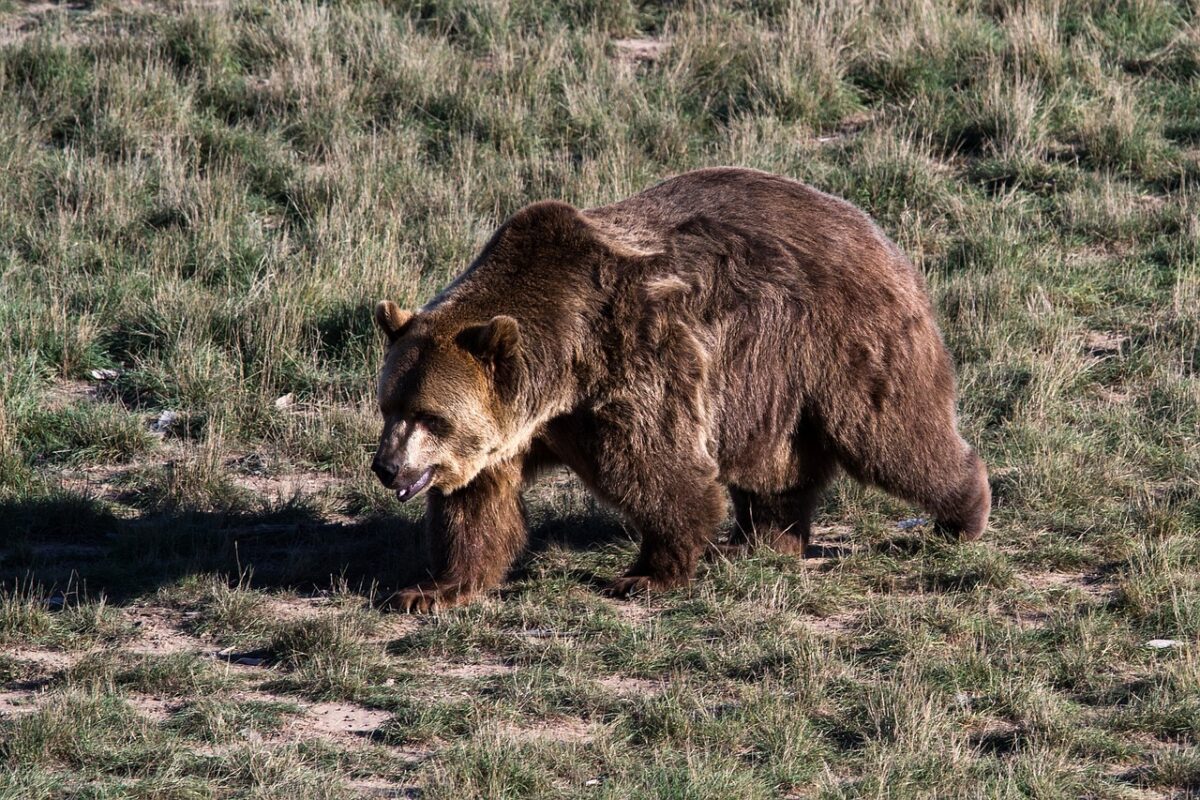
Wolves live in various environments, including tundra, boreal forests, desert steppes, grasslands, mountainous regions, and temperate deciduous forests. In North America alone, about 64,000 wolves live in their natural habitats in Alaska, Canada, and the lower 48 US states.
The grizzly bear is found in open meadows with dense forest cover, coastal regions, and alpine areas. Although grizzlies live in various habitats ranging from coastal forests to grasslands, they are usually found in mountainous regions.
Reproduction & Sexual Maturity
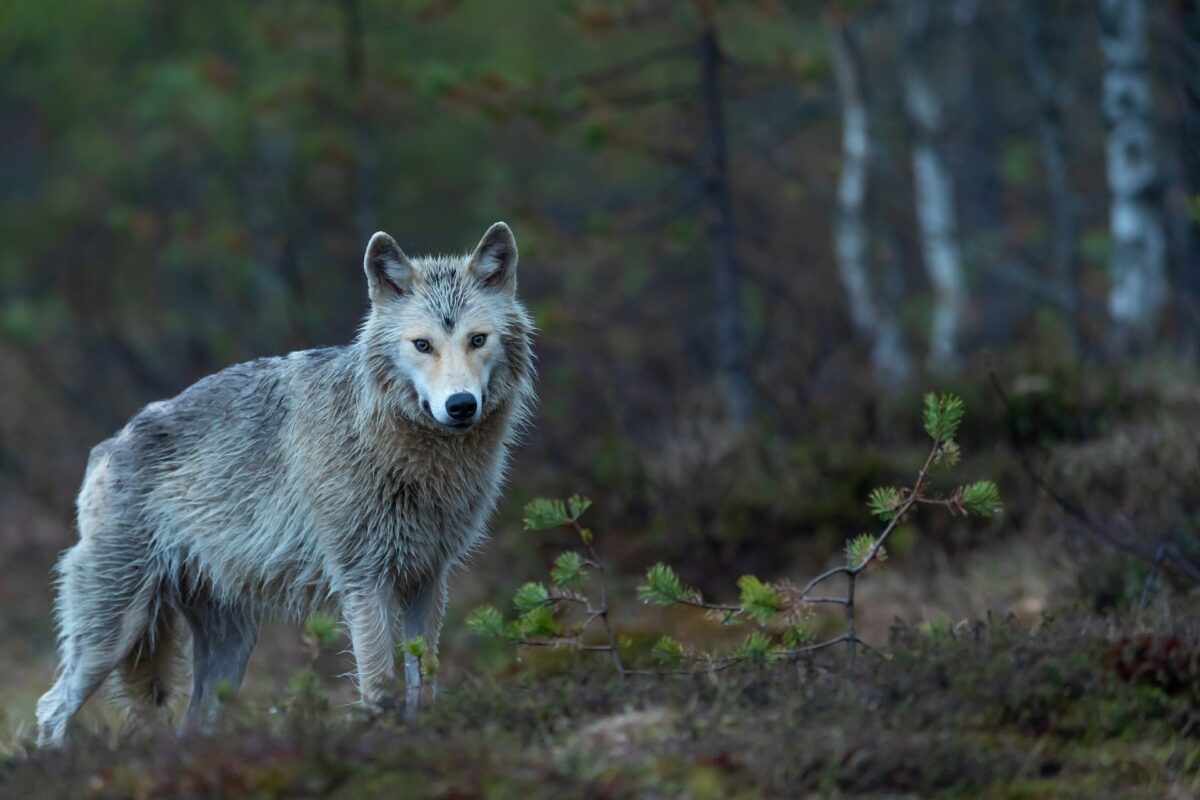
Wolves reach sexual maturity at two to three years, while grizzlies reach maturity at four to five years of age.
Wolves reproduce once per year in late winter or early spring after a gestation period of 63 days. They typically produce two to six pups which are raised by the pack until they disperse as adults.
Grizzly bears give birth to one to three cubs after a gestation period of 180-270 days. Cubs stay with their mother for a couple of years before they strike out on their own.
Behavior
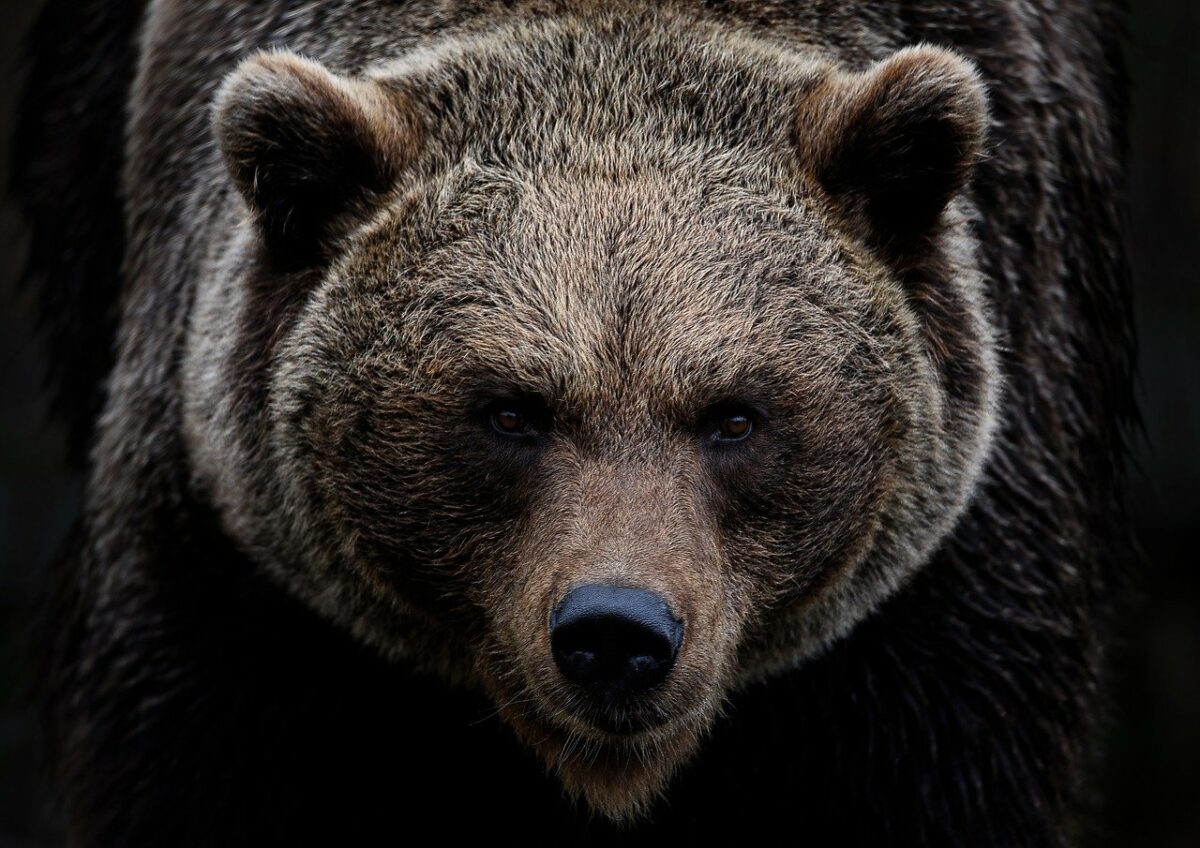
Wolves and grizzly bears have different behaviors and temperaments that could influence the outcome of an encounter. Wolves are highly social animals that work together to protect their group. In addition, they are clever and curious creatures.
Grizzly bears, conversely, are solitary animals that are generally more aggressive and territorial than wolves. They will defend their territory and food sources aggressively and may attack if threatened.
Hunting Tactics
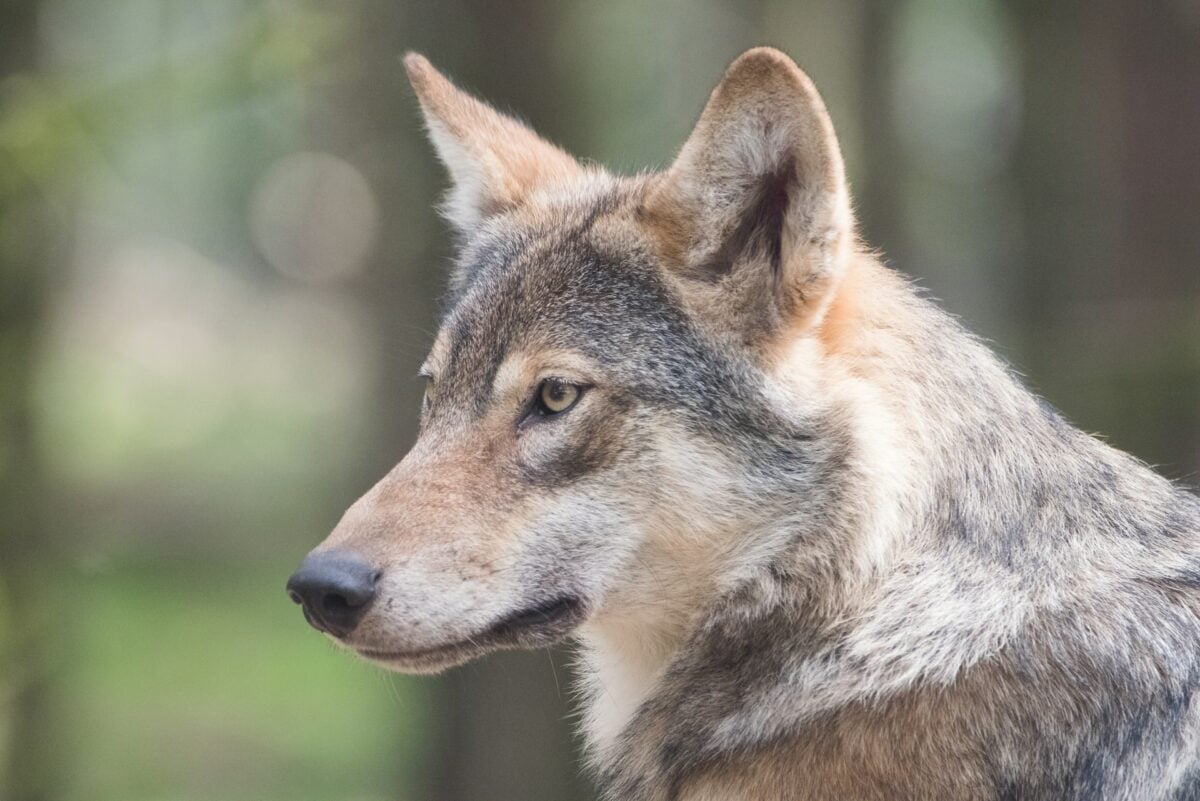
As previously stated, wolves are social animals that hunt in groups. They use their numbers to surround and exhaust their prey, chasing them long distances until they are too tired to run. Once the prey is exhausted from all the chasing, the wolves will move in for the kill, biting and tearing at the animal’s throat until it dies.
Grizzly bears, conversely, are solitary hunters who rely on their strength and power to catch and kill their prey. They often ambush their prey, using their powerful jaws to deliver a killing blow.
Wolf Vs. Grizzly: Endangerment Status
Overall, wolves and grizzlies are majestic creatures that inhabit areas of temperate forest and tundra throughout the northern hemisphere. Although to different extents, they both face endangerment from human activities.
Wolves are classified as a species of “Least Concern” on the IUCN Red List. However, they remain threatened in some parts of their range due to habitat loss and human persecution. The total Gray Wolf population consists of 200,000-250,000 wolves, although this is spread across the whole planet.
Grizzlies are listed as Vulnerable on the IUCN Red List due to habitat loss and human interference. According to estimations, the population of Grizzlies in North America consists of roughly 55,000 bears.
Exciting Facts About the Wolf Vs. Grizzly
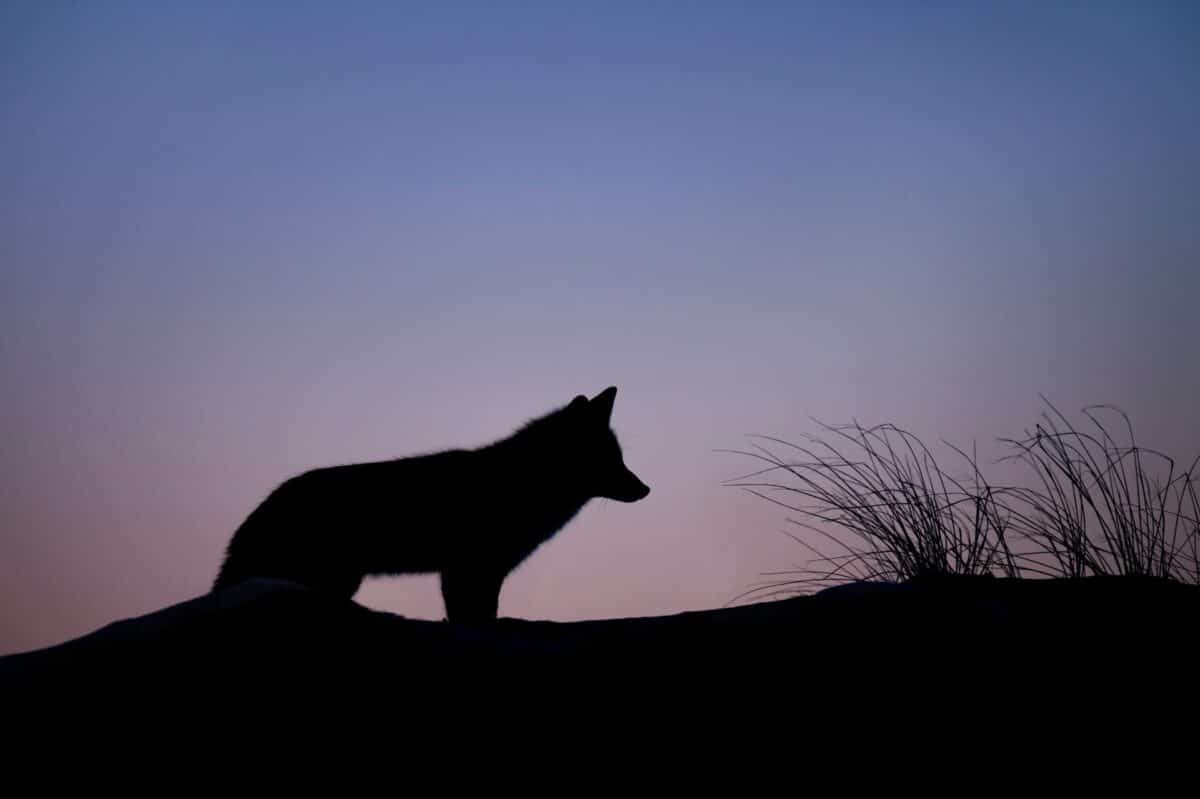
Here are some interesting facts about the wolf and a grizzly bear:
- Both wolves and grizzly bears are apex predators in their respective ecosystems and are known for their hunting prowess and strength.
- Wolves are social animals that hunt in groups, while grizzly bears are solitary animals that hunt alone.
- Grizzly bears are significantly larger and stronger than wolves. Adult male grizzlies can weigh up to 600 pounds, while adult male wolves typically weigh between 80 and 150 pounds.
- Wolves are known for their endurance and ability to harass and exhaust their prey. Conversely, grizzly bears are known for their powerful attacks and crushing bites.
- In the wild, actual confrontations between wolves and grizzly bears are rare, and when they do occur, they are often brief and non-lethal.
- However, there are accounts of wolves stealing food from grizzly bears or scavenging on the remains of grizzly bear kills.
- Wolves and grizzly bears have been observed to hunt the same prey, such as elk and deer, but they generally avoid each other and hunt at different times of the day.
- In some cases, wolves and grizzly bears have been observed tolerating each other’s presence and interacting playfully or curiously.
- The outcome of a hypothetical encounter between a wolf and a grizzly bear depends on several factors, including the number of wolves and the size and strength of the grizzly bear.
Frequently Asked Questions
The outcome of a hypothetical encounter between a Wolf Vs. Grizzly would depend on various factors, such as the size of the bear, the number of wolves, and the terrain. In some cases, a pack of wolves may be able to harass and exhaust a grizzly bear. At the same time, a determined and powerful grizzly could easily fend off or even kill several wolves.
Wolves are not necessarily afraid of grizzly bears, but they know the potential danger these powerful predators pose. In general, wolves will avoid confrontations with grizzly bears and may even change their hunting patterns to prevent areas where bears are known to visit frequently.
Grizzly bears are opportunistic hunters and scavengers who are prone to eating a variety of prey, including wolves. However, wolves are not a primary food source for grizzly bears, and these two predators generally avoid each other in the wild.
A lone wolf would be significantly disadvantaged in confronting a grizzly bear, as these animals are much larger and stronger than wolves. While a wolf may be able to harass and distract a grizzly bear, it is unlikely that a lone wolf could take down a fully grown grizzly.
Wolves and grizzly bears compete for some of the same prey, such as elk and deer. However, they generally hunt at different times of day and in different terrains, which reduces direct competition. In some cases, wolves may scavenge on the remains of grizzly bear kills or even steal food from a grizzly bear.
Key Points
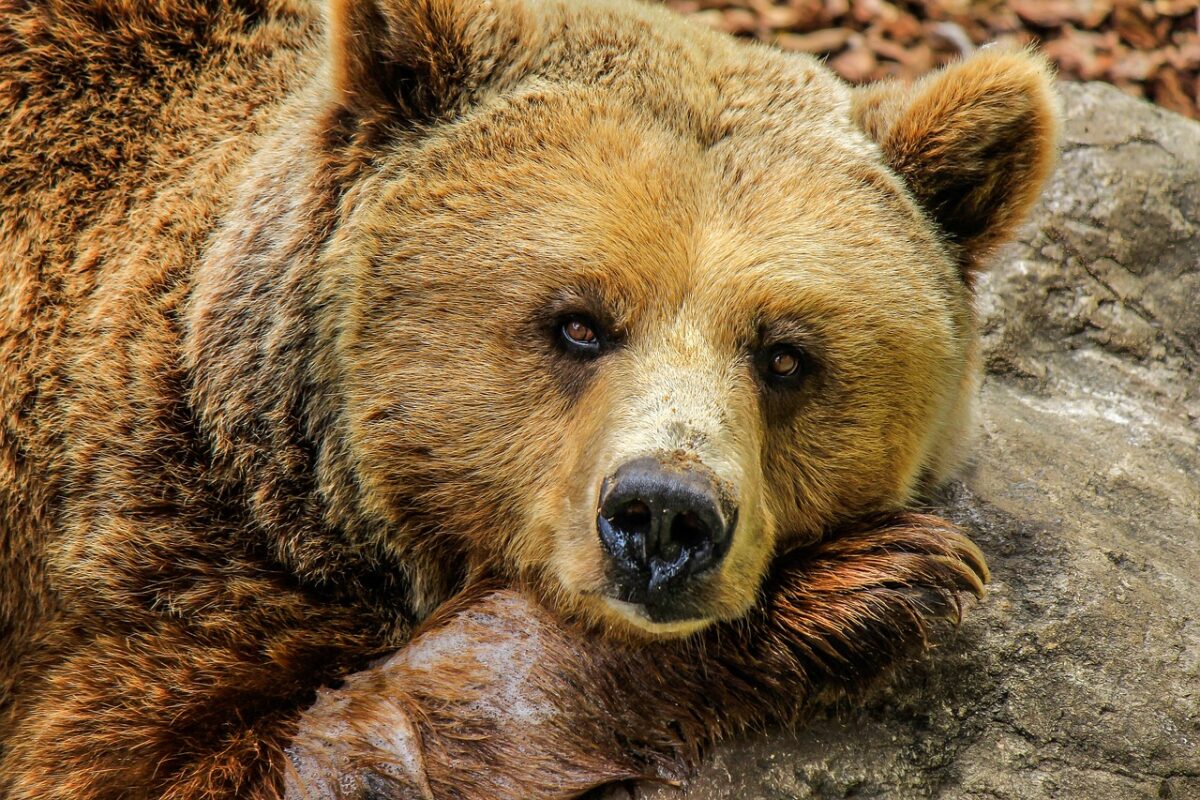
| Wolves and grizzly bears are two of North America’s most iconic large predators and play critical ecological roles in their respective ecosystems |
| Grizzly bears are significantly larger and stronger than wolves. |
| Wolves are known for their endurance and ability to harass their prey, while grizzly bears are known for their powerful attacks and crushing bites. |
| Wolves and grizzlies are majestic creatures that inhabit areas of temperate forest and tundra throughout the northern hemisphere. |
| Wolves and grizzly bears compete for some of the same prey, such as elk and deer. |
The Final Take
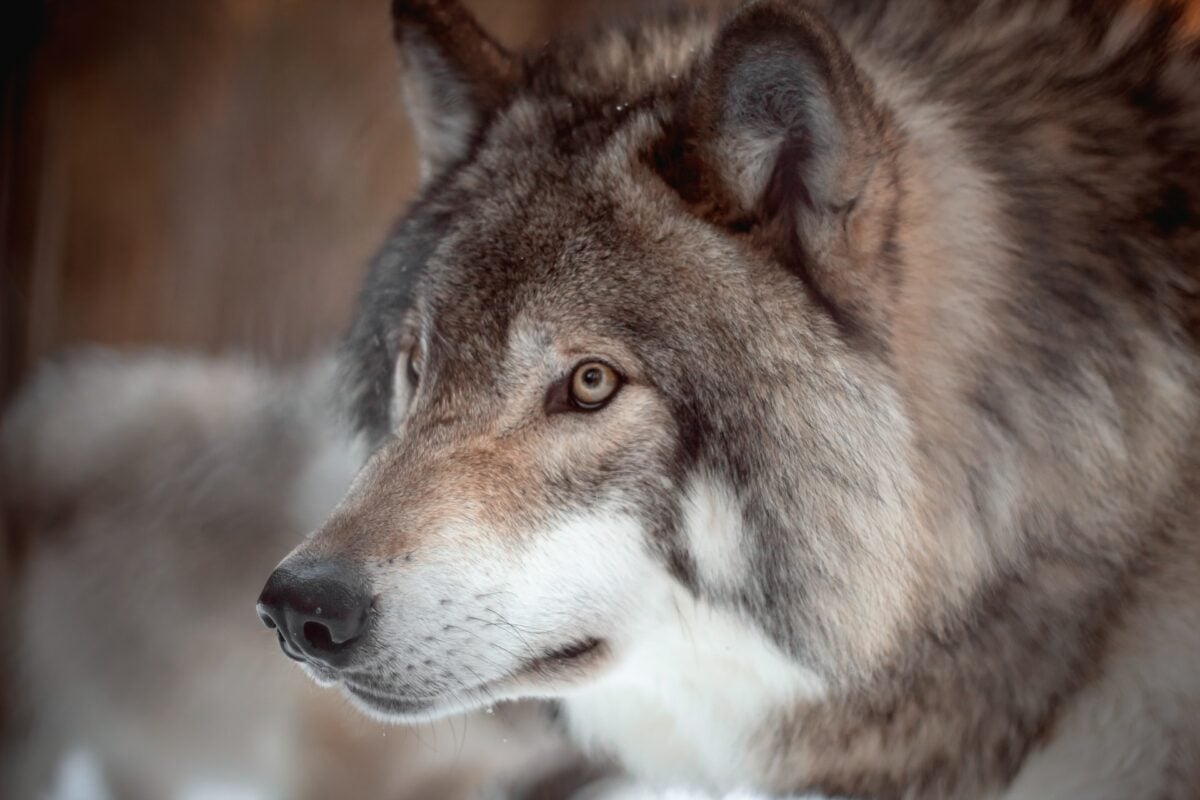
In conclusion, wolves and grizzlies have many differences and similarities regarding diet, habitat, physical appearance, sexual maturity, life cycle stages, and endangerment status. Lastly, both species are essential in maintaining balanced ecosystems and should be protected from human threats wherever possible.
Thank you for reading this article on the Wolf Vs. Grizzly! If you enjoyed this comparison you will also enjoy our post on the Coyote Vs. Wolf. Or check out all our bear-related posts if you’d rather learn more about bears.
- Magpie Bird Is Reunited with Her Dog Best Friend - April 24, 2024
- Dog Saves Another Dog From Drowning in Fish Pond - April 23, 2024
- Man On Motorbike Rescues Cat From Highway - April 23, 2024

